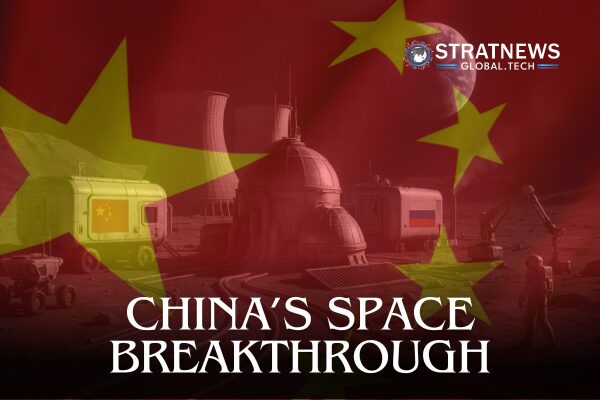China Achieves Major Refuelling Milestone in High Orbit, May Outpace US in Moon Race
China has reportedly completed a satellite-to-satellite refuelling mission in geosynchronous orbit—an impressive achievement that could give it an edge over the US in the race to return astronauts to the moon. According to former officials from US space agencies, this operation marks both a technological breakthrough and a bold demonstration of orbital capability.
Massive Manoeuvre in Geosynchronous Orbit
Two Chinese satellites, Shijian-21 and Shijian-25, have been docked about 36,000km above Earth since early July. Their mission, though not officially confirmed, is widely believed to involve transferring fuel from Shijian-25 to Shijian-21. This kind of operation has never been observed before at such a high altitude.
In August, the pair conducted what has been described as the largest single manoeuvre ever carried out in geosynchronous orbit. The satellites changed their path with a velocity shift of over 330 metres per second—a significant movement by today’s orbital standards.
This shift would have used the same amount of fuel it takes to maintain a satellite’s position in high orbit for six years. Such a large burn suggests a deliberate and ambitious mission.
Concerns Over China’s Growing Space Edge
Lieutenant General John Shaw, former deputy commander of the US Space Command, shared these details during a recent hearing in Washington. He noted the scale of the operation and its implications for the balance of power in space.
At the same session, Jim Bridenstine, a former NASA administrator, expressed concern over the pace of China’s space programme. He admitted that the US may no longer be leading the race to land the next astronauts on the moon. This was one of the first times a senior figure publicly acknowledged such a possibility.
Strategic Signals in the Space Race
The hearing, titled “There’s a Bad Moon on the Rise: Why Congress and NASA Must Thwart China in the Space Race,” highlighted growing concerns in Washington. The successful refuelling operation could enable longer missions and more complex manoeuvres, giving China greater flexibility in future space activities.
With missions like this, China is signalling its intent to expand its presence beyond Earth’s orbit. The development also underscores the urgent need for the US to accelerate its space initiatives if it hopes to retain leadership in lunar exploration.


